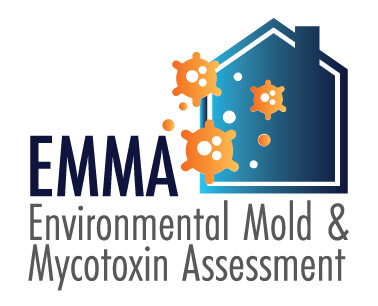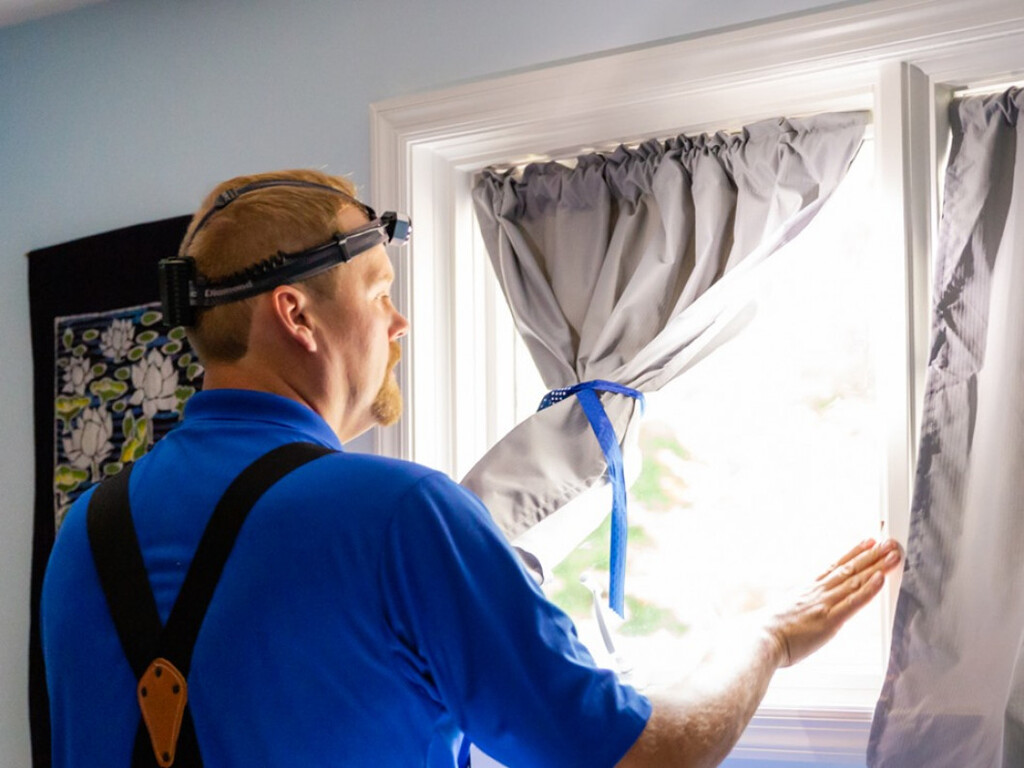Comprehensive Solutions for Your Mycotoxin testing Services Needs
Comprehensive Solutions for Your Mycotoxin testing Services Needs
Blog Article
How Mycotoxin Screening Aids Protect Against Contamination and Guard Food Supplies

Mycotoxin screening is an indispensable practice in the food market, working as a frontline protection versus contamination by hazardous contaminants produced by mold and mildews. Through the application of innovative strategies like High-Performance Liquid Chromatography (HPLC) and Fluid Chromatography-Mass Spectrometry (LC-MS), food producers can precisely identify and quantify mycotoxin degrees in farming products. This proactive method not just guarantees compliance with rigid safety and security guidelines yet likewise alleviates wellness dangers to consumers. Routine screening fortifies brand name reputation and economic health and wellness by reducing contamination-related cases. So, just how specifically do these screening procedures integrate into the more comprehensive food safety and security technique?
Understanding Mycotoxins
Comprehending mycotoxins begins with acknowledging that they are toxic additional metabolites produced by certain molds, which can contaminate agricultural items. These metabolites are not vital for the growth or recreation of the fungi however can have severe ramifications for animal and human health and wellness. Mycotoxins are commonly discovered in staple crops such as corn, wheat, barley, and nuts, where they can multiply under specific problems of moisture and temperature level.
There are a number of types of mycotoxins, each generated by different fungal varieties. Fusarium varieties produce fumonisins and trichothecenes, both of which are associated with different severe and chronic health problems.

Dangers of Mycotoxin Contamination
The threats of mycotoxin contamination are diverse, positioning substantial threats to both food safety and public health. Mycotoxins, poisonous compounds produced by specific types of fungis, can contaminate a wide variety of agricultural items including cereals, nuts, spices, dried out fruits, and coffee. As soon as these toxins penetrate the food supply, they can bring about serious health and wellness issues such as liver damage, kidney failure, and also cancer cells. Vulnerable populaces, consisting of youngsters, the elderly, and immunocompromised individuals, are particularly in jeopardy.
Financial effects are one more significant worry. Contaminated plants can lead to substantial financial losses for farmers and food manufacturers as a result of lowered yields and the need for expensive purification procedures. Additionally, worldwide profession can be dramatically prevented as countries apply rigorous mycotoxin laws to safeguard their populaces, bring about rejected deliveries and stretched trade relationships.
Environmental aspects such as environment change worsen the danger of mycotoxin contamination. Variants in temperature and moisture can create positive problems for fungal development, boosting the likelihood of contamination occasions. Therefore, understanding and alleviating these dangers are critical for making sure the safety and integrity of global food supplies.
Techniques of Mycotoxin Testing
Accurately determining mycotoxin contamination in agricultural products is crucial for protecting public health and maintaining food security requirements. Numerous methods are utilized to find and evaluate mycotoxins, each offering certain benefits and limitations.
High-Performance Fluid Chromatography (HPLC) is an extensively used method because of its high sensitivity and precision. It entails dividing mycotoxins from other substances in an example, enabling exact quantification. Liquid Chromatography-Mass Spectrometry (LC-MS) combines fluid chromatography with mass spectrometry to offer detailed molecular info, making it specifically beneficial for identifying several mycotoxins at the same time.

Gas Chromatography-Mass Spectrometry (GC-MS) and Thin-Layer Chromatography (TLC) go now are likewise employed, each with unique applications. GC-MS is efficient for unstable mycotoxins, while TLC offers a less complex, economical alternative for initial screening.
Advantages of Normal Evaluating
Normal screening for mycotoxins in farming products provides numerous advantages, dramatically adding to public health and food safety and security. By determining contamination early, normal testing assists stop the distribution of harmful foods, thus minimizing the danger of mycotoxin-related illnesses among consumers. This positive technique not just safeguards human health yet additionally improves the general top quality of food products.
Various countries and regions have developed strict limits for mycotoxin levels in food and feed. Adhering to these limits through normal screening makes sure that producers and distributors fulfill lawful requirements, consequently preventing charges and profession barriers.
Furthermore, normal mycotoxin testing can result in significant economic advantages. Early discovery of contamination permits prompt intervention, reducing prospective losses from widespread contamination. Applying regular testing protocols can also reduce recall costs and associated liabilities, which can be financially ravaging.
Furthermore, normal testing gives useful information that can educate much better agricultural methods and storage space problems. By recognizing patterns of contamination, producers can take on preventive actions, therefore contributing and lowering future risks to the sustainability of the food supply chain.
Carrying Out Checking Methods
Applying efficient mycotoxin screening protocols is vital for ensuring the security and high quality of farming products. Each stage has to be looked at to identify where mycotoxin contamination is most likely to happen.
Once crucial control points are identified, selecting appropriate testing techniques is essential. Common techniques include enzyme-linked immunosorbent assay (ELISA), high-performance liquid chromatography (HPLC), and mass spectrometry (MS) Each approach has its weak points and staminas; thus, picking the proper one relies on the details mycotoxin being evaluated, the required sensitivity, and readily available resources.

Last but not least, integrating the testing methods into a detailed food security monitoring system is a good idea. This boosts traceability and enables speedy restorative activities when contamination is detected, consequently safeguarding the stability of the food supply chain.
Verdict
Mycotoxin screening is important in protecting against contamination and safeguarding food great site supplies by allowing very early detection of unsafe toxins produced by molds in farming products. Normal testing enhances brand name credibility, financial stability, and depend on in food security by lessening contamination-related losses and maintaining high requirements in food manufacturing.
Mycotoxin screening is an important method in the food sector, serving as a frontline defense versus contamination by hazardous toxic substances produced by molds. An incorporated method including agricultural practices, storage space management, and regular screening can reduce the threats linked with mycotoxin contamination, making sure food safety and public wellness.
The threats of mycotoxin contamination are complex, posing significant dangers visit the website to both food security and public health.Normal testing for mycotoxins in agricultural items uses many advantages, substantially contributing to public health and food safety.Mycotoxin screening is necessary in preventing contamination and safeguarding food materials by enabling early detection of harmful toxins produced by mold and mildews in agricultural items.
Report this page